|
Just about everyone is familiar with lemurs, right? Think of the movie Madagascar. Lemurs, lemurs, lemurs. For some reason, though, at least for me, one species of lemur really stands out as bizarrely different from the others—the aye-aye. Let's check this critter out, shall we? What the heck is an Aye-aye? The aye-aye (pronounced eye-eye) is the world's largest nocturnal primate. Lemurs live only in Madagascar, and there are about 100 species, but the aye-aye is the only living lemur species in the genus Daubentonia. Unfortunately, the aye-aye is endangered. In fact, in 1933 it was thought to be extinct, Then it was rediscovered in 1957. The aye-aye is a rather strange-looking creature. Amazing Facts about the Aye-aye Besides its striking appearance, perhaps the aye-aye's most unusual characteristic is the way it finds and consumes its prey. These lemurs will eat a variety of foods including fruits, seeds, insects, and flower nectar. However, it also has an unusual superpower. The aye-aye is one of only two known animal species that feed with a specialized technique called percussive foraging. (the other animal is the striped possum). It all starts with the creature's unusually long fingers, particularly the really thin middle finger. Although the aye-aye's middle finger seems perfectly suited for making a rude gesture, it actually serves a more practical purpose. The aye-aye uses the finger to tap on the surface of trees. As it taps, it pushes its large ears to the tree, listening for indications of hollow tunnels created by wood-boring grubs. This is actually a specialized form of echolocation. When the aye-aye "hears" a hollow tunnel, it then chews through the bark and wood with its sharp teeth to access the tunnel. Then it inserts its long, thin middle finger into the tunnel, feeling around for the grub. When it finds the grub, it's hook-shaped claw skewers the insect, and the aye-aye pulls it out and chomps down on a nice, juicy meal. What an amazing way to find food! Check out this video showing how the aye-aye feeds using percussive foraging techniques. Another unusual feature of the aye-aye is that it has front incisors that look very much like rodent incisors. In fact, like rodent incisors, these teeth grow continuously and must be constantly worn down by chewing. These teeth help the aye-aye gnaw through wood to get to those yummy grubs, and it also helps the aye-aye chew into coconuts. This type of teeth is unique among lemurs, and when the aye-aye was first discovered by scientists, they mistakenly classified it as a rodent, specifically a type of squirrel. Check out the aye-aye skeleton below. So, what exactly is an aye-aye? DNA studies have led scientists to conclude it is definitely a type of lemur, but it is considered the most primitive of all the lemurs. By the way, primitive does not mean stupid or un-evolved (every type of organism alive today has evolved for just as long as all other types of organisms... bacteria are just as evolved as humans... they are simply different from humans). In this case, I'm using primitive to describe the aye-aye as most similar to the original ancestors of all lemurs. Scientists have long assumed all lemurs originated on Madagascar from some early primates that drifted on natural rafts across the water from Africa. However, the aye-aye's characteristics have led scientist to hypothesize that the ancestors of aye-ayes rafted to Madagascar at a different time, perhaps earlier than the ancestors of the other lemurs. This helps to explain why the aye-aye is so different from the other lemurs. Aye-ayes spend almost all their lives in the trees, rarely venturing down to the ground. During the day they sleep in nests made of leaves, then they come out at night to forage and hunt for food. Unlike the other lemurs, aye-ayes can reproduce at any time of the year. When a female is ready to mate, she calls out to attract males. The males, which usually get along with each just fine and even share their territories, then gather around the female and become really aggressive to one another, fighting for the right to breed with the female. After a gestation period of about five months, females give birth to only one baby. The baby stays in the nest for two months and then stays with its mother for two years before wandering off to establish its own territory. As you can imagine, baby aye-ayes look just as strange as the adults. As I mentioned above, aye-ayes are an endangered species. This is an unfortunate consequence of three factors. First, the destruction of forest in Madagascar. Second, farmers often kill them to protect their crops, although there is little evidence that aye-ayes are destructive to cultivated crops. The third reason is based on unfortunate folk beliefs. In Madagascar, there are numerous folk legends about aye-ayes. Some people believe they are evil omens of death. If an aye-aye shows up in a village, that means it must be killed or someone in the village will die. Some people believe that if an aye-aye points its thin, middle finger at someone, that person will drop dead. Some even believe aye-ayes sneak into homes while the residents are sleeping and use that middle finger to puncture the sleeping person's aorta, thus killing them in their sleep. Needless to say, none of these beliefs are true, but they have resulted in a hatred of these animals, and aye-ayes are often killed on sight. Fortunately, their numbers have increased somewhat since the 1980s, and several captive breeding programs are helping us learn more about aye-ayes so we can prevent their extinction. So, the Aye-aye deserves a place in the B.A.H.O.F. (Bang-up Animal Hall of Fame). FUN FACT: The term bang-up is an adjective meaning "excellent or extraordinary." In order to trace its roots, we first need to look at the word bang. Bang appeared in the English language in the mid 1500s, and it was a simulation of the sound of something striking something else with great force (a word that sounds like the natural sound it describes is called an onomatopoeia). The word bang turned out to be a great all-around useful word over the centuries. Its meanings include “to beat or injure violently," a noun meaning “thrill” (I got a real bang out of Stan's latest novel), “to bang out,” which means to produce or write something rapidly. These are just a few of its many uses. Bang-up may have originated in England in the 1800s as a way to describe something as “fashionable or stylish.” From 1843: "His spotted neckcloth knotted in bang-up mode..." Eventually it came to be used for anything that is extraordinarily good, especially in this context: "Stan did a bang-up job on that novel." Anyway, bang-up is another way to say awesome! Photo Credits:
Aye-aye #1 - DepositPhotos Aye-aye fingers - Dr. Mirko Junge, CC BY-SA 2.0 - Wikimedia Commons Aye-aye skeleton - Dr. Mirko Junge, CC BY-SA 2.0 - Wikimedia Commons Aye-aye poking finger into tree limb - DepositPhotos Baby aye-aye - Denver Zoo Aye-aye in front of cinder-block wall - Denver Zoo
0 Comments
Leave a Reply. |
Stan's Cogitations
Everyone needs a creative outlet. That's why I write. Archives
July 2024
|

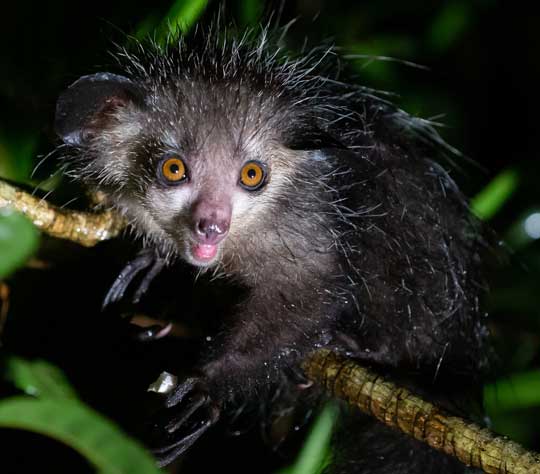

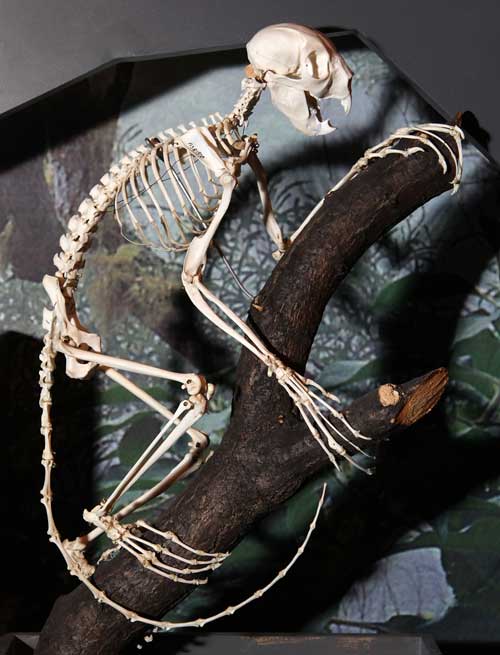
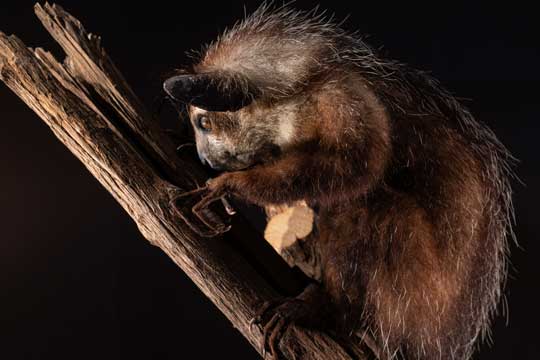
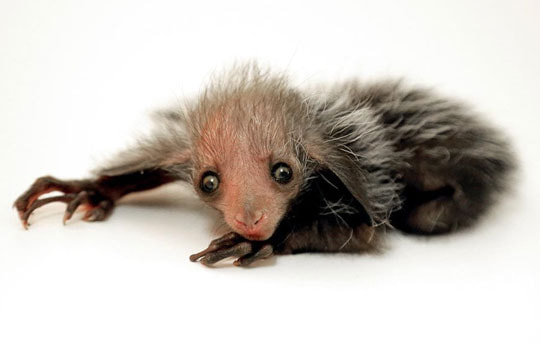
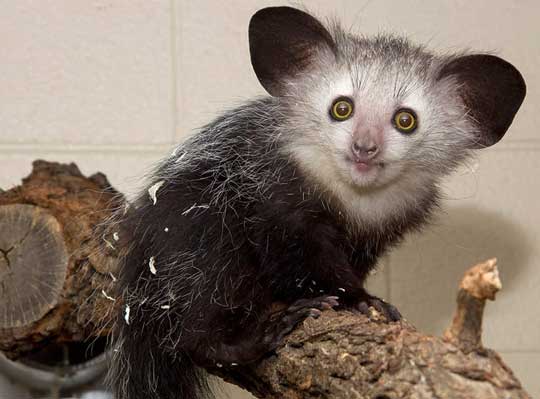
 RSS Feed
RSS Feed